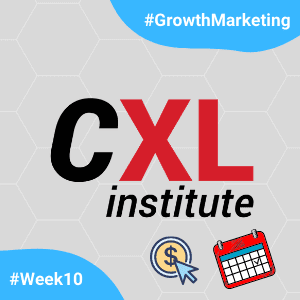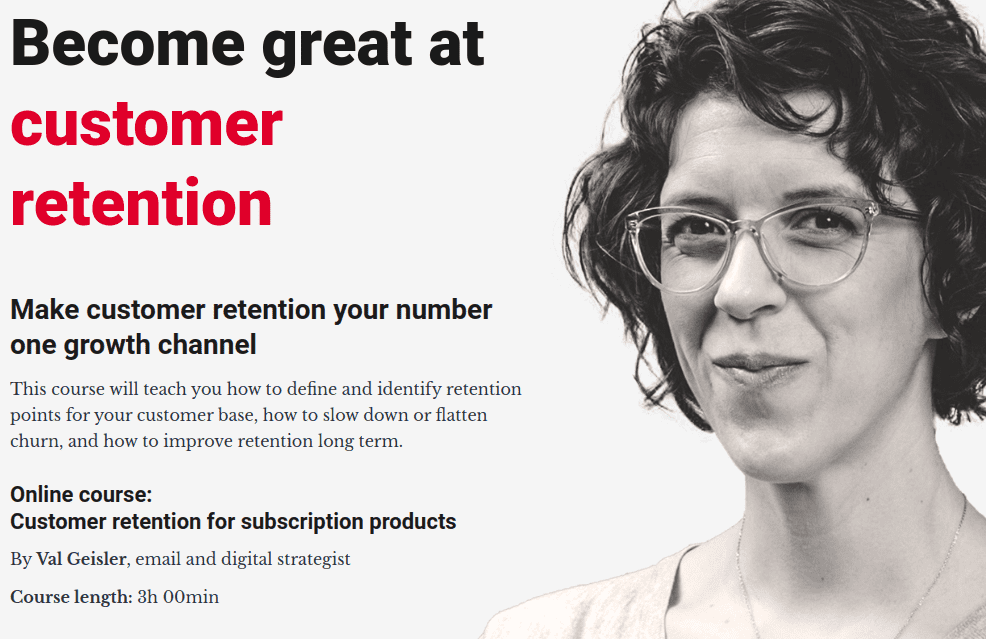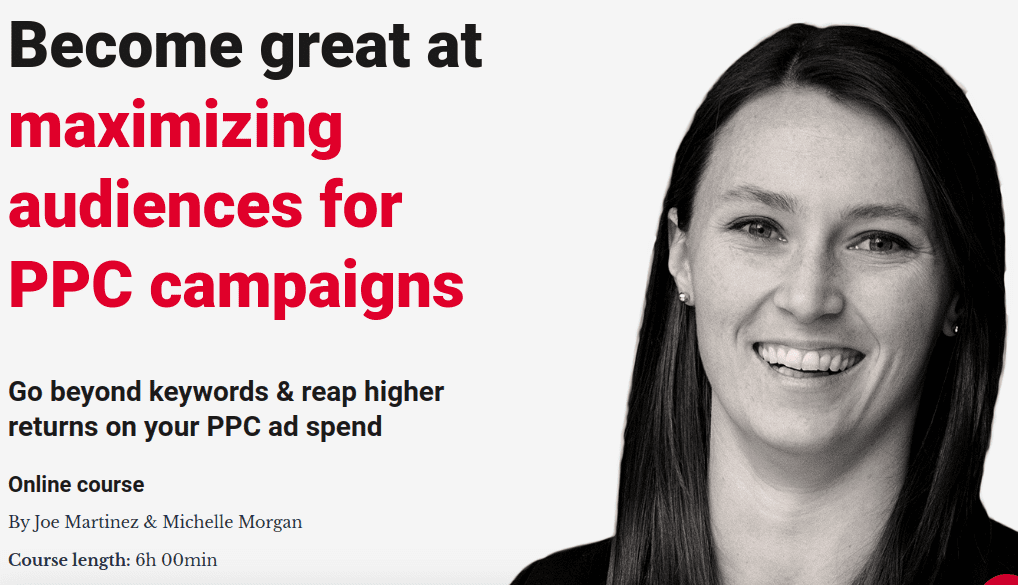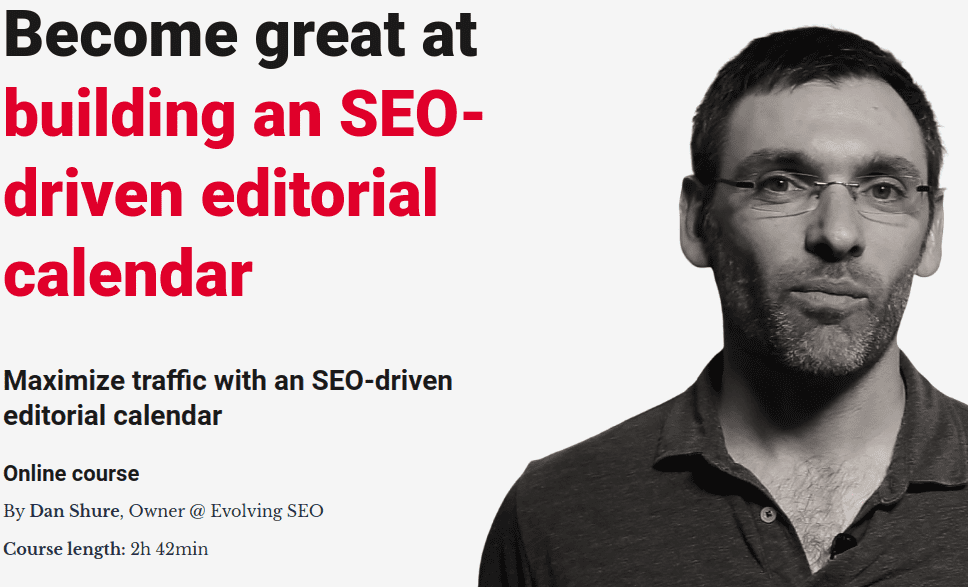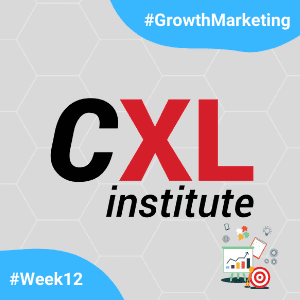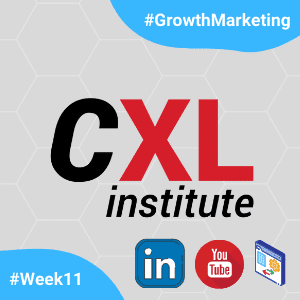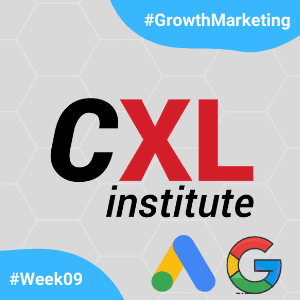Ten weeks of learning studying Growth Marketing Minidegree at CXL Institute! There are now just two more weeks to complete the course, according to the CXL’s Scholarship Program. During that time, I have studied a new topic on Growth Marketing every week and wrote a little about it. So far, I have already written the following texts:
- Week 01: organization of the course and the relevance of the topic.
- Week 02: importance of carrying out growth experiments.
- Week 03: A / B tests and fundamentals of statistics for more assertive results.
- Week 04: Google Analytics for beginners. Main features, reports and analysis.
- Week 05: Intermediate Google Analytics. More advanced features, personalized views and methods to find solutions.
- Week 06: Google Tag Manager for Beginners. Basic features of an essential tool for collecting user behavior data.
- Week 07: Conversion Studies with Landing Page Optimization courses, to create pages that convert, and Product Messaging, to send the right message.
- Week 08: Start of the most technical module of the course, Channel-specific growth skills, with courses on Facebook Ads, Email Marketing and Messaging Strategy.
- Week 09: Google. Course on Google Ads and Content Strategy for SEO.
In this week’s text, I continue to write about the journey within the Channel-specific growth skills section, studying 3 more subjects: Retention, Maximizing PPC and SEO driven editorial calendar. Full details on planning the texts within this section can be seen in the text from two weeks ago. Below, I have separated some of the main points about each of the week’s courses.
Retention: the most underrated growth channel
The CXL Institute’s course on Retention is taught by Val Geisler and lasts 3 hours. The objective of the course is to teach how to develop and apply efficient retention strategies, a channel so often abandoned. Val explains what is good and bad retention, what are the steps to have excellent retention, how to implement strategies to improve the churn rate, a metric used to show customers who have abandoned the product, and how to improve long-term retention.
The course is divided into 6 parts. The first one shows how connected the retention metrics are to the final revenue. Val shows how to define and calculate important indicators to be followed.
In the second part, it is shown how important it is to have a retention strategy defined from the first contacts with the customer. Val explains what can be done to impact the customer from the beginning.
In the third part, the instructor explains the power of customer segmentation to create a personalized experience. Efficient segments lead to lasting impacts on retention indicators.
In the next class, on how retention works beyond the first 3 months, Val explains how to put together effective strategies for all customer communications.
In the penultimate class, the instructor explains about the influence of new features on retention indicators and how to keep the curve even without relying on product development.
Finally, in the last class, Val shows how to measure our efforts and discover new areas to allocate resources and improve retention indicators.
Maximizing audiences for your PPC campaigns
The Maximizing audiences for your PPC campaigns course is taught by two instructors: Joe Martinez and Michelle Morgan. In 6 hours, they explain how to improve ROAs (Return on Advertising Spend), how to multiply the impact on different channels, how to develop strategies for negative audiences and how to write more specific ads.
In total, there are six classes in the course. The first class shows how to find audiences using the tools we already have. Using Google Analytics and other tools with social insights can be instrumental in starting an ad strategy. With free tools it is already possible to start building an audience.
The second class is about creating good retargeting audiences. In this part, we see the importance of not only focusing on the audience that we want to reach, but also clarifying the audience that we want to avoid.
The following class shows how to focus efforts on the audience that is most likely to convert, that is, shows how to create personalized audiences based on user behaviors.
In the fourth class, about retargeting in Search, we see the options associated with Remarketing Lists for Search Ads, which allows us to create personalized audiences with newly built audiences.
In the penultimate class, we look at building funnels for audiences. According to the moment of each user, we must achieve it differently.
In the sixth and final class, we see how to use information and opportunities in other channels to refine our strategies. Ignoring valuable information from our audience’s behavior on social media, for example, can be a big missed opportunity.
SEO driven editorial calendar
In the course SEO driven editorial calendar, Dan Shure, shows, in approximately 2h30, how to set up, from scratch, a calendar-based content production process focused on SEO. The instructor shows how to correctly combine keywords according to the content, how to find topics that bring more traffic and how to align SEO, marketing and business strategy in order to ensure sustainable traffic growth.
The course taught by Dan has 4 parts. In the first one, Dan shows how to start identifying the topics that are relevant to our business, setting content goals, showing how to perform keyword research, how to identify the competition’s work and how to find topics related to what we work in order to explore topics within the theme.
In the second part, Dan shows the importance of prioritizing content. For that, it is necessary to analyze the opportunities available at the moment, as well as the resources available to us. Analysis of keywords and SERPs is essential at this stage.
The third class is probably the most important in the course. It is where the instructor shows how to fit all content produced within the logic of a website and without the fit seeming unnatural. To this end, Dan shows how to analyze the SERPs, explains about the types of content and clarifies details about the calendar.
The last class of the course focuses on showing the best practices in carrying out the planning of the content calendar. To this end, Dan explains important details about On-page SEO.
Next week…
Next week I should finish the courses within the Channel-specific growth skills section. Next week’s themes are very interesting! LinkedIn, YouTube, Technical SEO, influencer marketing and account based marketing. I look forward to immersing myself in this new knowledge.
See you in the next text! Penultimate of my journey.
